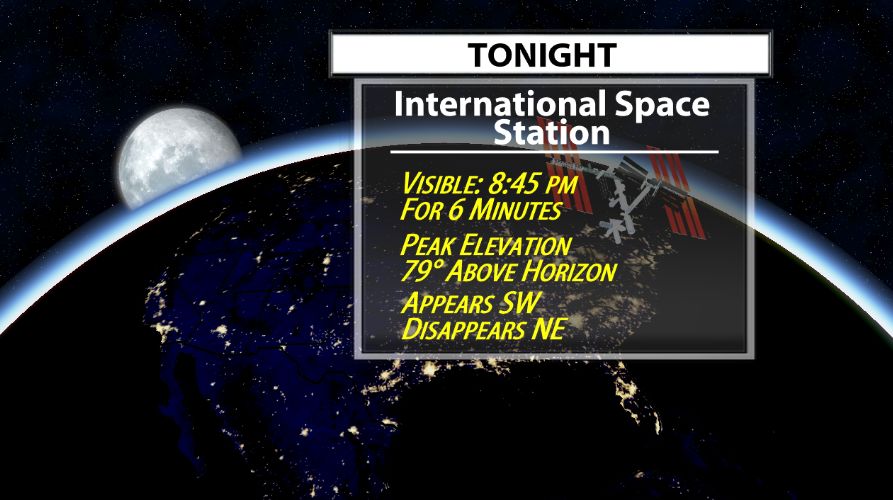
The fog bank visible at image top centre is a common feature of the Aleutian volcanoes. Ash plumes from Cleveland Volcano have reached heights of 12 kilometres and can present a hazard to trans-Pacific jet flights. The eruption was short-lived the plume had completely detached from the volcano summit two hours later. This image, acquired shortly after the beginning of the eruption, captures the ash plume moving west-southwest from the summit vent. Williams, NASA space station science officer and flight engineer, at 3:00 p.m. This most recent eruption was first reported to the Alaska Volcano Observatory by astronaut Jeffrey N. "Eruption of Cleveland Volcano, Aleutian Islands, Alaska is featured in this image photographed by an Expedition 13 crewmember on the International Space Station. A thoroughly impressive view of nature at its most dangerous: This photo, taken in 2006, shows an aerial view of Mt Cleveland as it erupts - an ash cloud bursting forth into the atmosphere. The largest river in the view has cut a 500 m-deep (1650 foot) canyon through the fans (image left).Īlthough the rivers in the view drain northward from the Himalayas, they ultimately flow back south through the mountain ranges as the Sutlej River (outside the image)-in one of the largest canyons in the world-before entering the lowlands of Pakistan and finally reaching the Arabian Sea."

A trellis-work of gullies cuts into these surfaces casting sinuous shadows. The snow cover shows these strikingly smooth surfaces. Rivers have eroded rock from these high mountains and deposited the sediment as broad alluvial fan surfaces (across the middle of the image). The peaks reach great altitudes (5200 m, 17,000 feet), with those just outside the lower margin reaching high enough (6500 m, 21,325 feet) to host glaciers. The view shows one of the main ranges of the Himalaya Mountains across the bottom of the image, where peaks cast strong evening shadows against the snow. "This oblique image was taken from the International Space Station as astronauts flew over the Himalaya range in China near the Indian border. In fact, the image width represents a distance of 65 kilometres." In this desert landscape, there are no fields or roads to give a sense of scale. A small river snakes across the bottom of the image.
International space station tonight Patch#
The irregular light-toned patch just left of the lake is a sand sheet thin enough to allow the underlying rock layers to be detected. The dark water of a lake (image centre) occupies a depression in a more easily eroded, S-shaped layer of rock. Later erosion by wind and water, say the scientists, cut a flat surface across the folds, not only exposing hundreds of layers but also showing the shapes of the folds. According to geologists, the patterns result from the gentle folding of numerous, thin, light and dark layers of rock. The lack of soil and vegetation allows the geological structure of the rocks to appear quite clearly. "As the International Space Station passed over the deserts of central Iran, including Kavir, one of the Expedition 38 crew members used a digital camera equipped with a 200mm lens to record this image featuring an unusual pattern of numerous parallel lines and sweeping curves. Almost fluid-like, these sights are actually rock formations and the results of erosion too: The views of the deserts of Iran from space show some fascinating patterns in the surface below. What you're seeing here isn't weather patterns, but actually rock formations and the results of erosion. Interestingly, glacial erosion features can be seen throughout the grey summit zone area-showing that an ice cap hundreds of times larger than the snow cap existed during the geologically recent ice ages. The summits are so high that trees cannot grow-landscapes appear grey because only grass and small shrubs can survive the cold.

The highest of these (approximately 5700 m, 18,700 feet), named for Christopher Columbus, is so high that it supports a small but permanent snow cap (image far left), even though it lies only ten degrees north of the Equator.

"This early morning image, taken by astronauts looking from the International Space Station, shows a dramatic view of the many peaks of Colombia's Santa Marta massif. This photo of Sierra Nevada de Santa Marta was taken from 215 miles above: Somehow these giant landmasses appear insignificant when seen from this view and yet they are some of the tallest and most impressive sights our Earth has to offer. Mountain ranges make for a regularly popular image of our world as captured by those orbiting above.


 0 kommentar(er)
0 kommentar(er)
